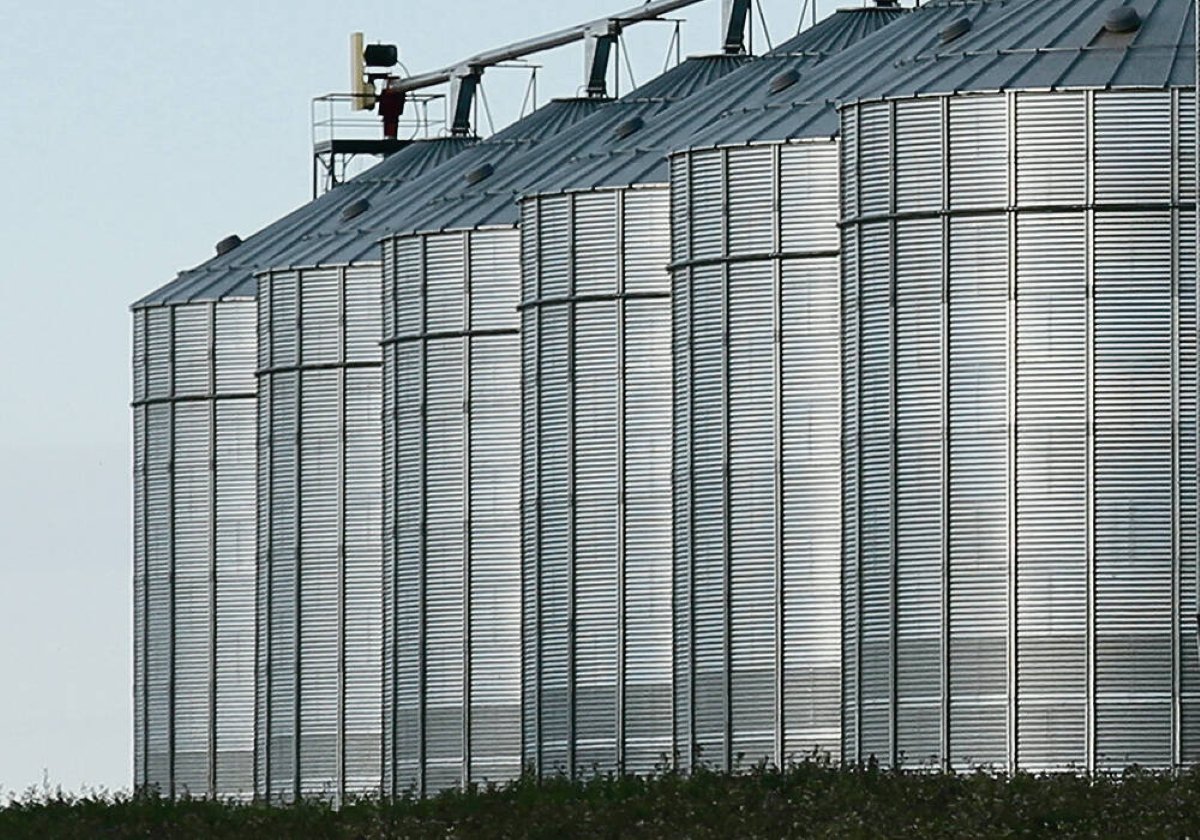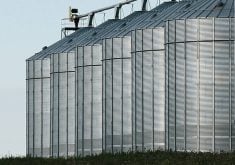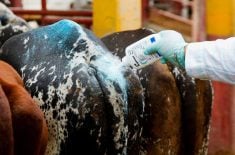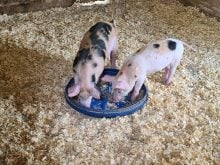SOUTHERN SASKATCHEWAN
Crops are progressing well in the east part of region, but storms caused havoc in the west. Heavy rain, strong winds and hail caused crop loss, blew around hay swaths, overturned bins and damaged homes and vehicles.
Rainfall varied from small amounts to 42 mm in the Glenavon area. The Maryfield area leads the region with 469 mm of cumulative precipitation since April 1.
Rain and humidity have delayed some producers, but haying is advancing well with half to three-quarters of the crop baled or put into silage. More has been cut and ready for baling. More than three-quarters of the hay crop is good quality.
Read Also

ADM cuts 2025 profit outlook on biofuel and trade uncertainty; shares tumble
Archer-Daniels-Midland cut its 2025 profit forecast for a third straight quarter on Tuesday as U.S. biofuel policy uncertainty and global trade disruptions pressured oilseed crush margins.
Cropland topsoil moisture conditions are rated more than 75 percent adequate while hay land and pasture topsoil moisture conditions averages 75 percent adequate.
Some producers continue to spray for fusarium head blight, sclerotinia and leaf spots. Others are spraying for grasshoppers in lentil and flax crops. Root rot is prevalent, particularly in lentils and peas.
CENTRAL
Warm and dry weather is advancing crops and haying operations, but crops are still behind their normal stages of development.
Livestock producers have baled half of their hay crop or put it into silage, with an additional 25 percent cut and ready for baling.
However, recent rain and high humidity have slowed haying operations and reduced quality, which is rated more than 80 percent good.
The Kindersley area topped the region for most rainfall at 92 mm while the Foam Lake area leads with 529 mm since April 1.
Topsoil moisture conditions on cropland, hay and pastures are rated at more than 80 percent adequate.
Many producers continue to spray for diseases such as leaf spots and sclerotinia as well as for wheat midge and grasshoppers in lentils. There are also reports of high plant loss in pulse crops caused by root rot.
NORTH
Crops continue to trail normal development, and warm, dry conditions are needed to mature crops.
The Frenchman Butte area led the region with 64 mm of rain while the Hafford area has received the most rain since April 1 with 421 mm.
Haying continues despite the wet, humid conditions, and producers have either baled or put into silage half of the crop. One-quarter of the hay crop has been cut and ready for baling. Quality is averaging 80 percent good.
Most crop damage was caused by wind, localized flooding and hail damage. Producers continue spraying for sclerotinia, fusarium head blight and leaf spots.














